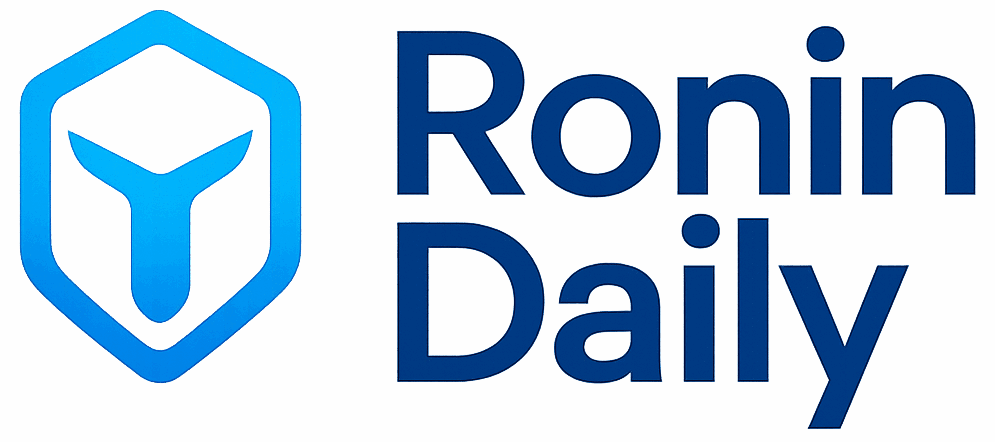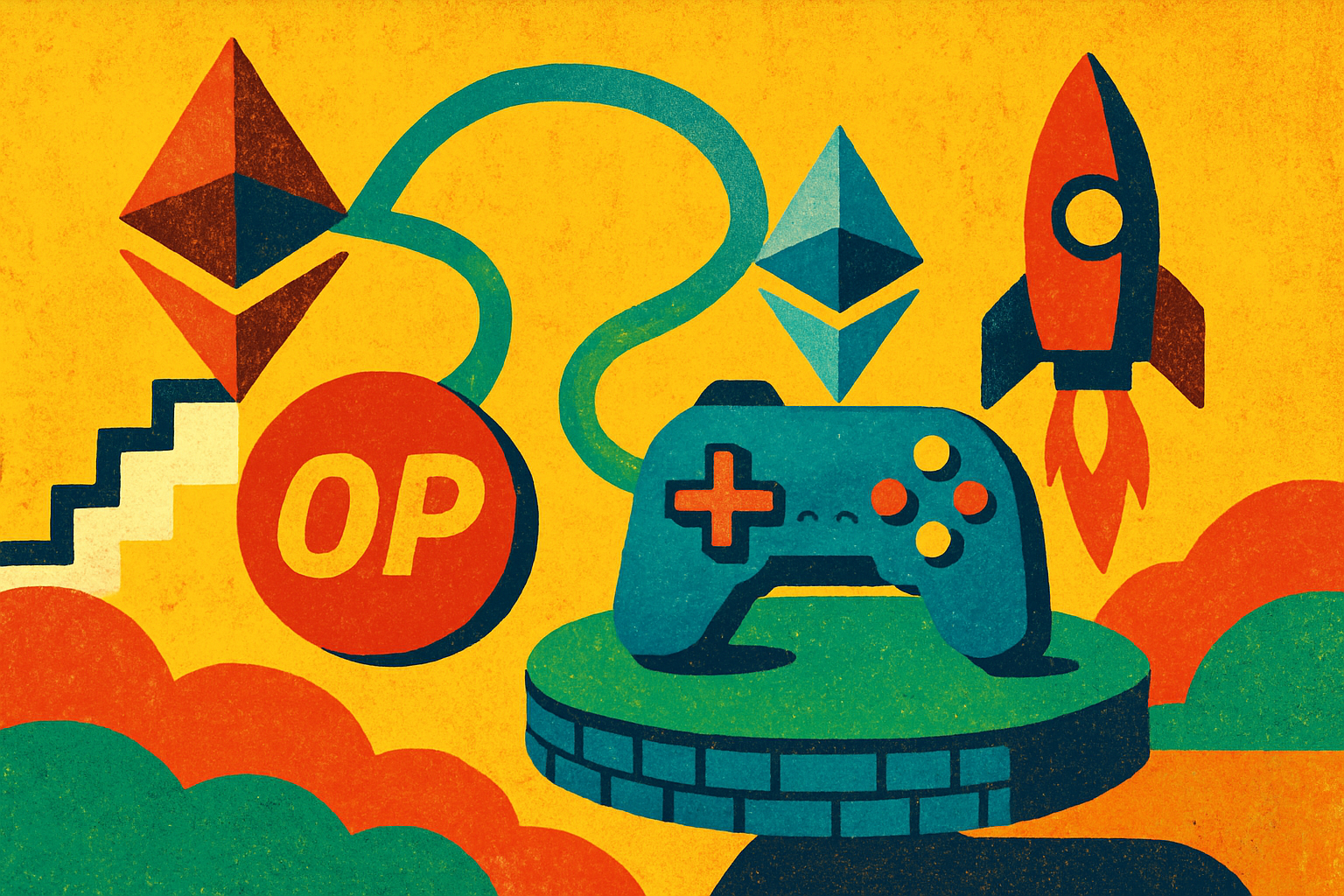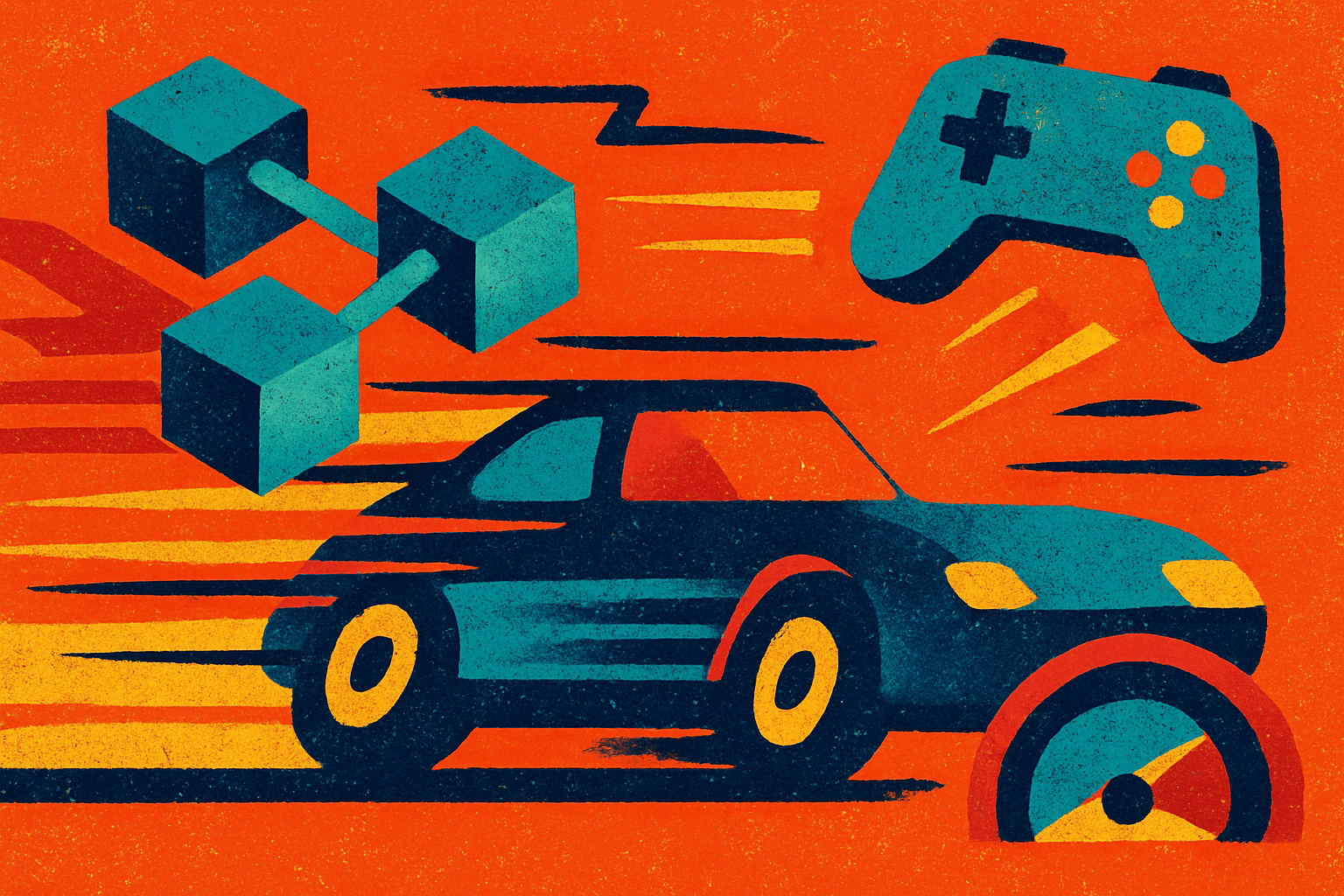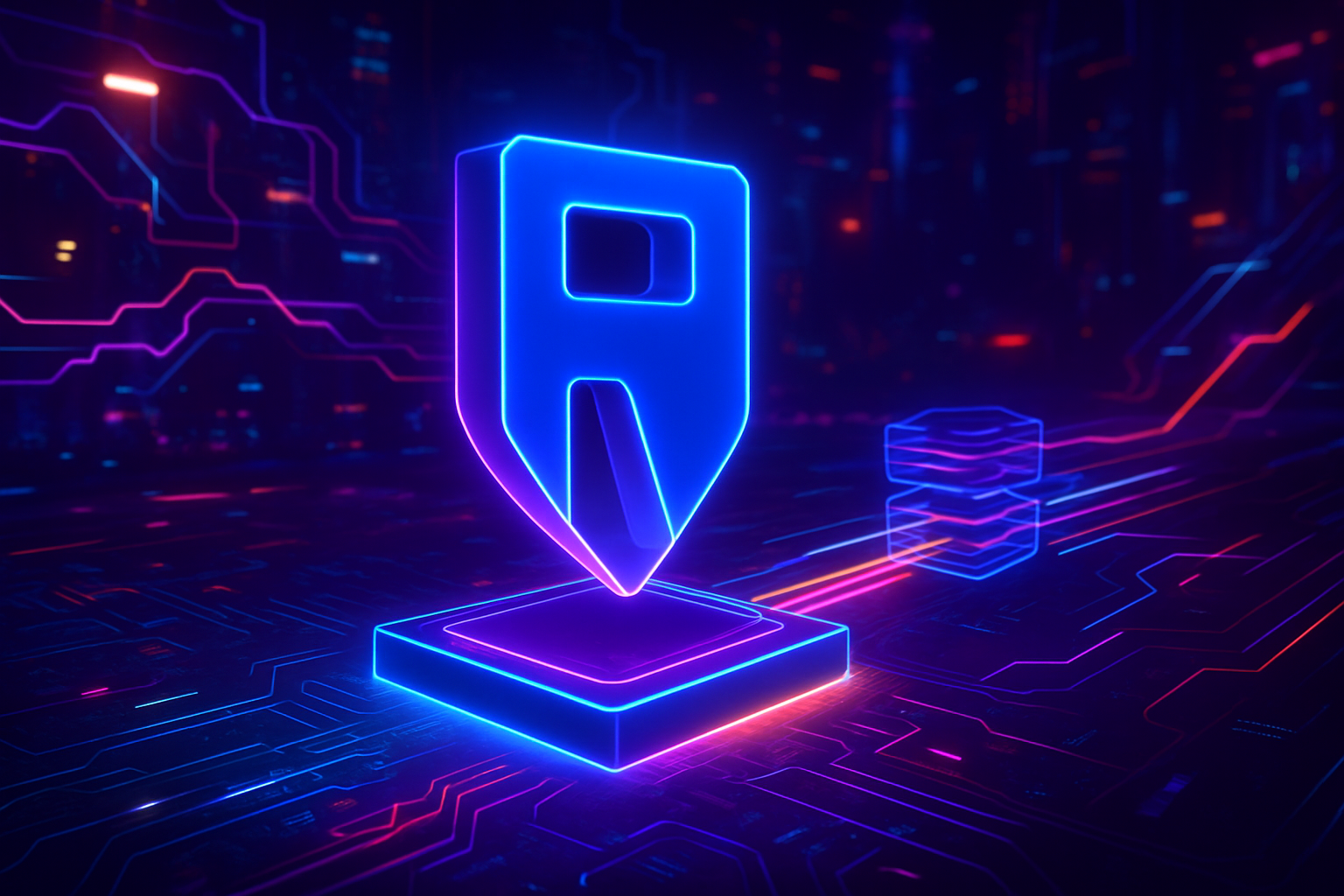
Web3 gaming is undergoing a seismic shift, with transaction speed and scalability now at the heart of every major innovation. As user adoption grows and in-game economies become more complex, the need for a blockchain infrastructure that can match the demands of real-time gameplay has never been more urgent. Ronin’s evolution from a dedicated sidechain to an Ethereum Layer 2 (L2) solution marks a pivotal moment in blockchain gaming – one that is fundamentally reshaping how developers and players experience digital worlds.
Ronin Layer 2 Rollups: The Engine Behind Blazing Fast Transactions
At the core of Ronin’s transformation is its embrace of zero-knowledge Ethereum Virtual Machine (zkEVM) rollup technology. This approach allows Ronin to bundle thousands of transactions off-chain into a single cryptographic proof, which is then posted to Ethereum’s mainnet. The result? A staggering leap in throughput: Ronin now processes up to 10,000 transactions per second (TPS), compared to just 2,000 TPS on its previous architecture. This increase is not just theoretical – it is already being felt across leading Web3 games that have either launched or migrated onto Ronin since its homecoming to Ethereum.
For context, traditional blockchains like Ethereum mainnet typically handle between 15-30 TPS. Even earlier L2 solutions struggled with latency during periods of high demand. By contrast, Ronin’s zkEVM rollups reduce block times to between 100 and 200 milliseconds, ensuring near-instant confirmation for in-game actions and asset transfers. This is a game-changer for genres such as play-to-earn RPGs, NFT trading card games, and esports platforms where lag can mean lost revenue or ruined player experiences.
Slashing Costs: How Rollups Make Web3 Gaming Affordable
Transaction speed alone does not solve all pain points for Web3 gaming. Cost efficiency is equally critical – especially as games scale from thousands to millions of active users. Here again, Ronin Layer 2 rollups deliver transformative value by reducing gas fees by approximately 80%. Average transaction costs are now under $0.01, an order-of-magnitude improvement over not only Ethereum mainnet but also many competing sidechains.
This cost reduction stems directly from zkEVM’s ability to compress transaction data before submitting it to Ethereum. Instead of each move or trade incurring a separate fee on the base layer, hundreds or thousands are bundled together – dramatically lowering the marginal cost per action. For developers building complex NFT economies or high-frequency trading systems within games, this unlocks entirely new business models and player incentives.
Security and Interoperability: Building Trust in Digital Economies
The migration from sidechain status to full-fledged Ethereum L2 also brings enhanced security guarantees for all participants in the ecosystem. By inheriting Ethereum’s robust consensus protocols and validator set, Ronin minimizes attack vectors while maintaining sovereignty over game-specific logic and assets. This hybrid model offers both decentralization and customization – two essential pillars for next-generation blockchain gaming solutions.
Recent upgrades have further improved interoperability within the broader Ethereum ecosystem. Gamers can now transfer assets seamlessly between Ronin-based titles and other EVM-compatible platforms without friction or unnecessary risk exposure (see also: [chaincatcher. com](https://www.chaincatcher.com/en/article/2197969?utm_source=openai)). This cross-chain fluidity not only enhances user experience but also positions Ronin as a foundational layer for future metaverse economies.
Developers now have a robust toolkit for building scalable, interactive, and economically sustainable gaming experiences. The technical leap to Layer 2 means Ronin can support complex on-chain logic, such as real-time marketplaces or dynamic NFT upgrades, without bottlenecks or prohibitive costs. This is particularly relevant for studios aiming to create persistent virtual worlds where every player action, from microtransactions to crafting rare items, must be settled on-chain in near real time.
For players, the impact is immediate and tangible. Fast settlement times and negligible fees remove longstanding barriers to entry for blockchain games, making onboarding as seamless as traditional Web2 titles. Whether minting new assets, trading collectibles, or participating in massive multiplayer battles, users benefit from a frictionless experience that preserves the spirit of gaming while unlocking the advantages of digital ownership.
Ronin L2 for Developers: Unlocking New Design Space
The shift to Ronin Layer 2 rollups is empowering developers with greater flexibility and creative latitude. With up to 10,000 TPS and sub-cent transaction costs, game designers can experiment with mechanics previously impossible on legacy chains, think live auctions for rare items that conclude in seconds, or intricate player-driven economies where every resource exchange is transparently recorded.
Key Benefits of Ronin L2 Rollups for Web3 Game Developers
-
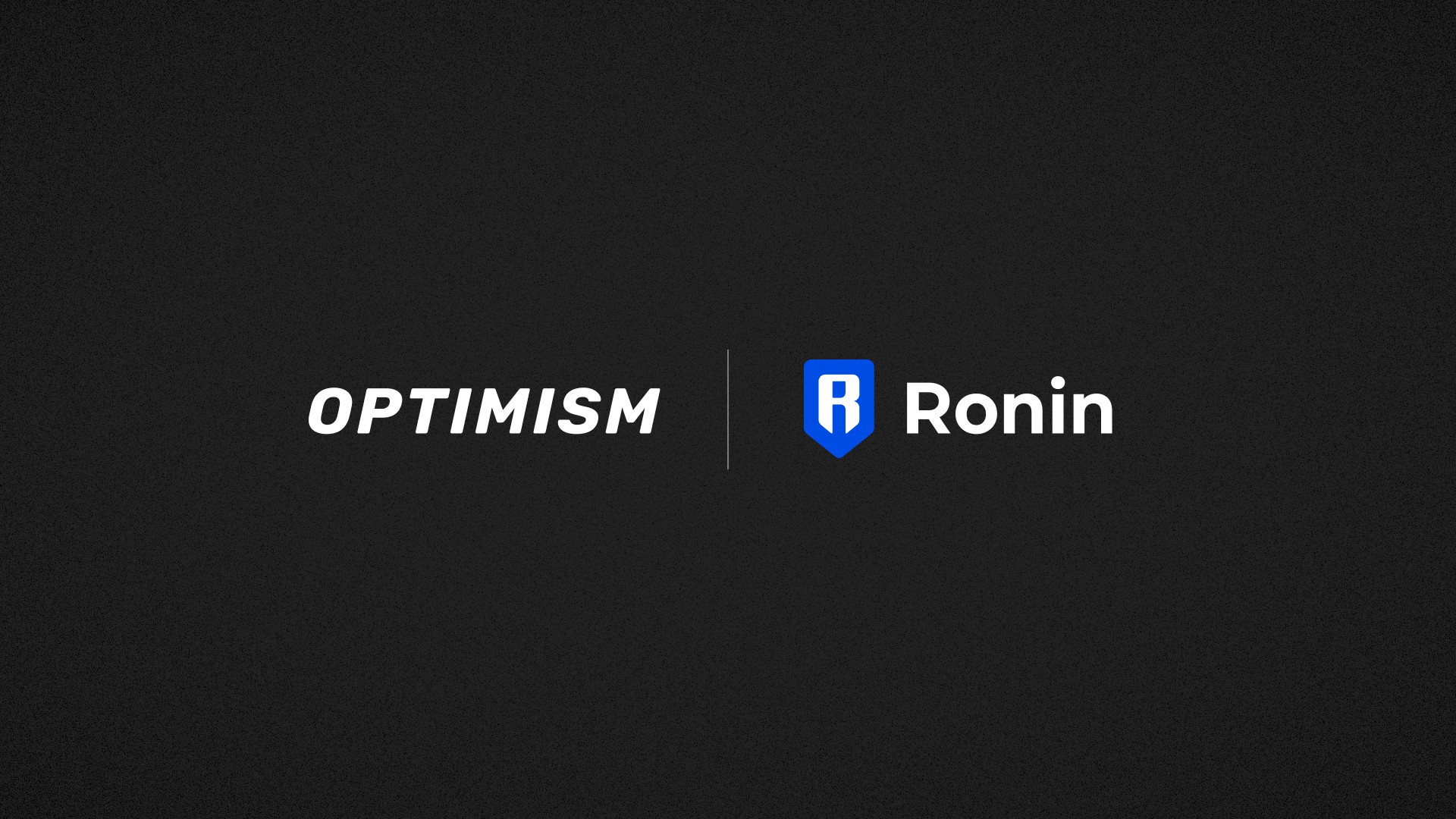
Significantly Faster Transaction Speeds: Ronin Layer 2 rollups leverage zkEVM technology to process up to 10,000 transactions per second (TPS), a fivefold increase from its previous 2,000 TPS. This enables real-time gameplay and seamless in-game interactions essential for Web3 gaming.
-
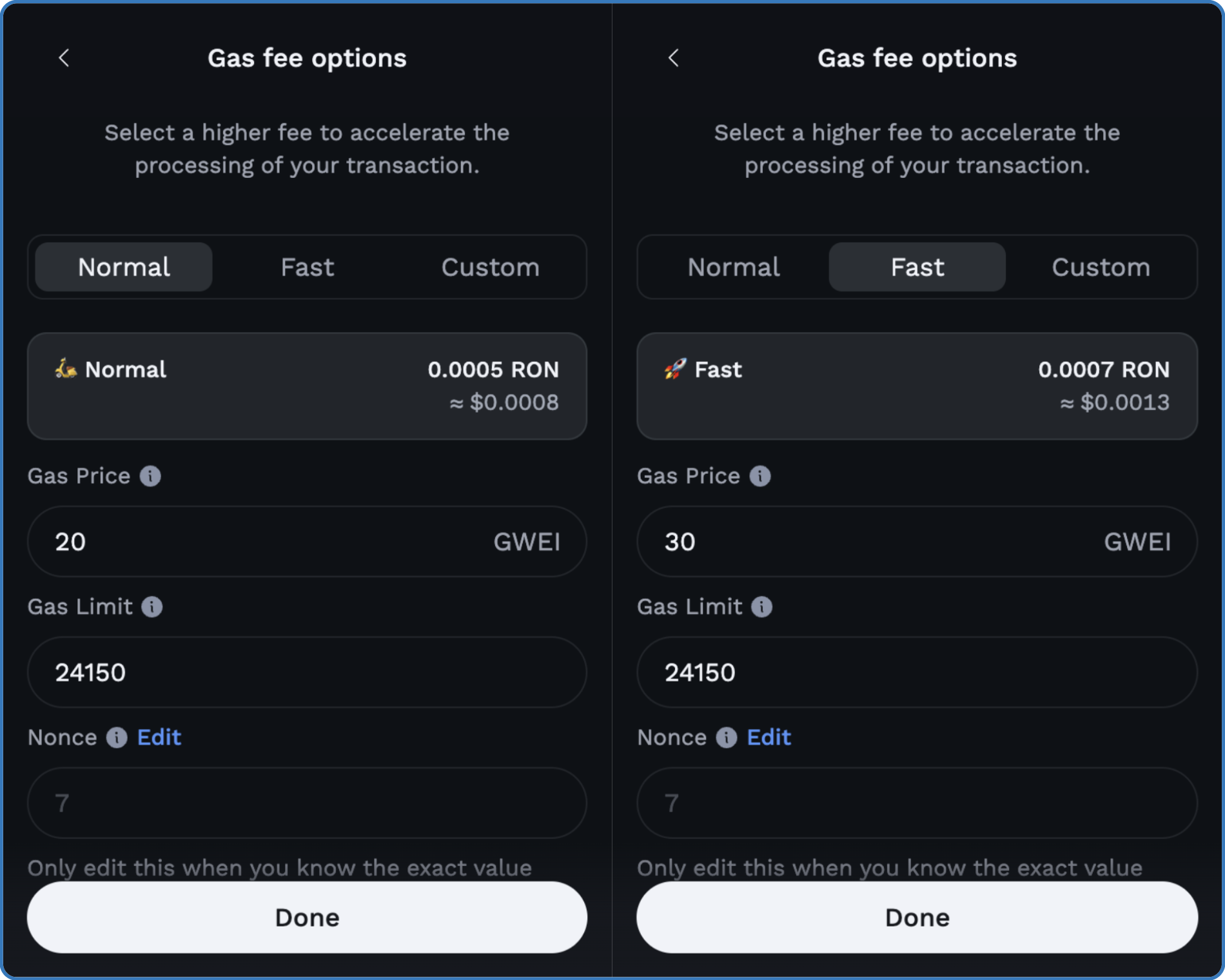
Ultra-Low Gas Fees: By bundling transactions and posting minimal data to Ethereum mainnet, Ronin reduces gas fees by approximately 80%. Developers and players benefit from average transaction costs under $0.01, making microtransactions and high-frequency actions economically viable.
-
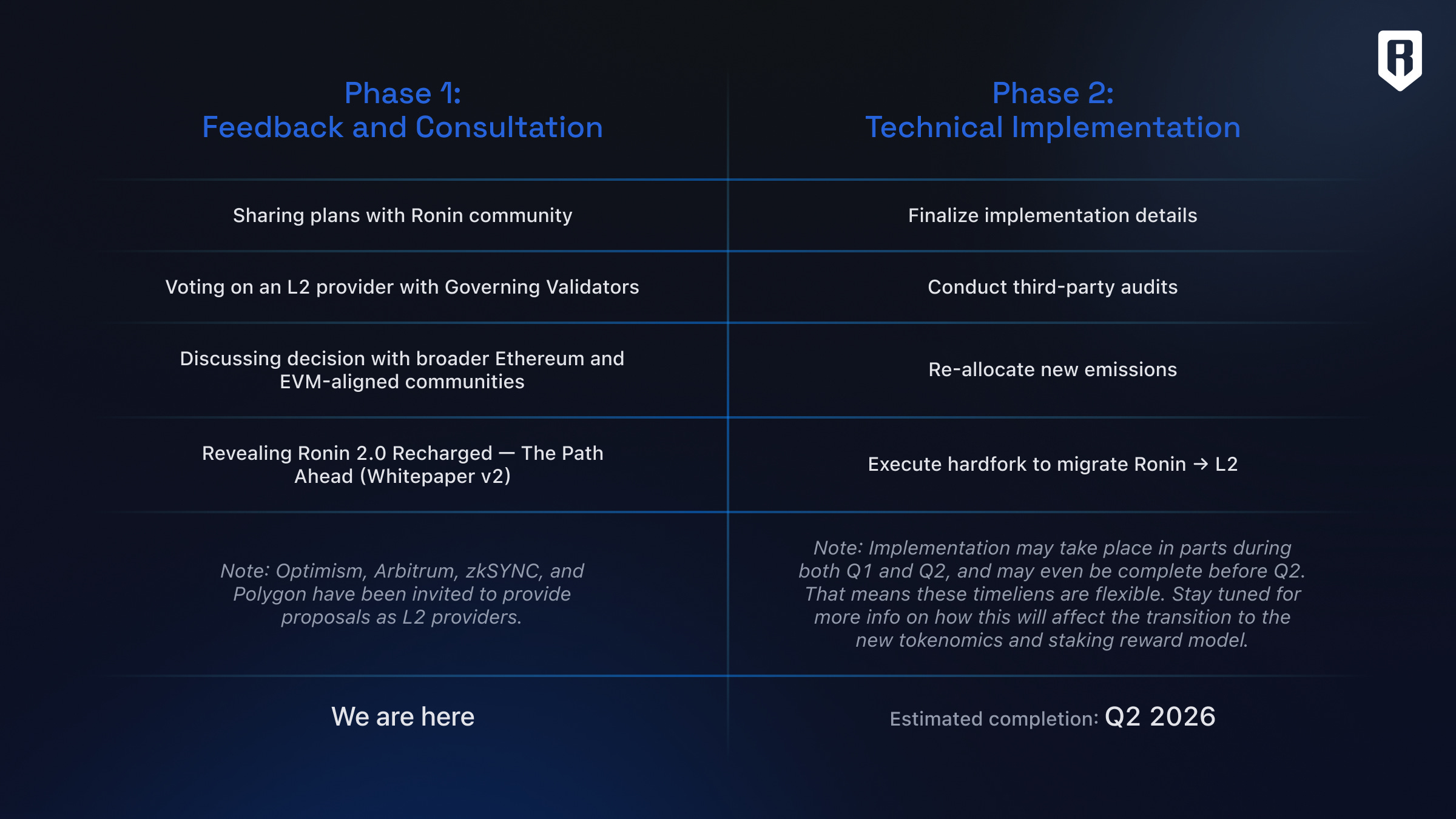
Enhanced Security via Ethereum Inheritance: Migrating to an Ethereum Layer 2 architecture allows Ronin to inherit Ethereum’s robust security protocols, protecting assets and gameplay from network attacks and exploits.
-
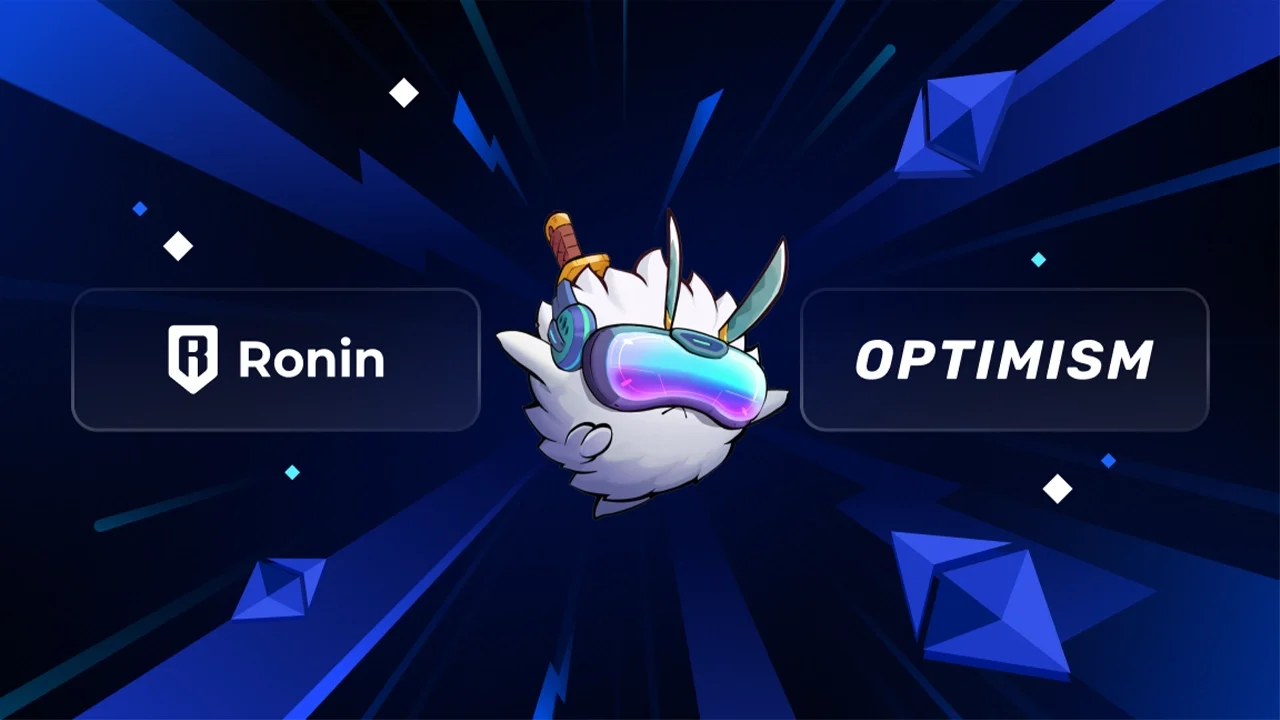
Greater Interoperability Within Ethereum Ecosystem: As an Ethereum L2, Ronin enables smoother asset transfers and cross-platform interactions, allowing developers to tap into the broader DeFi, NFT, and gaming infrastructure of Ethereum.
-
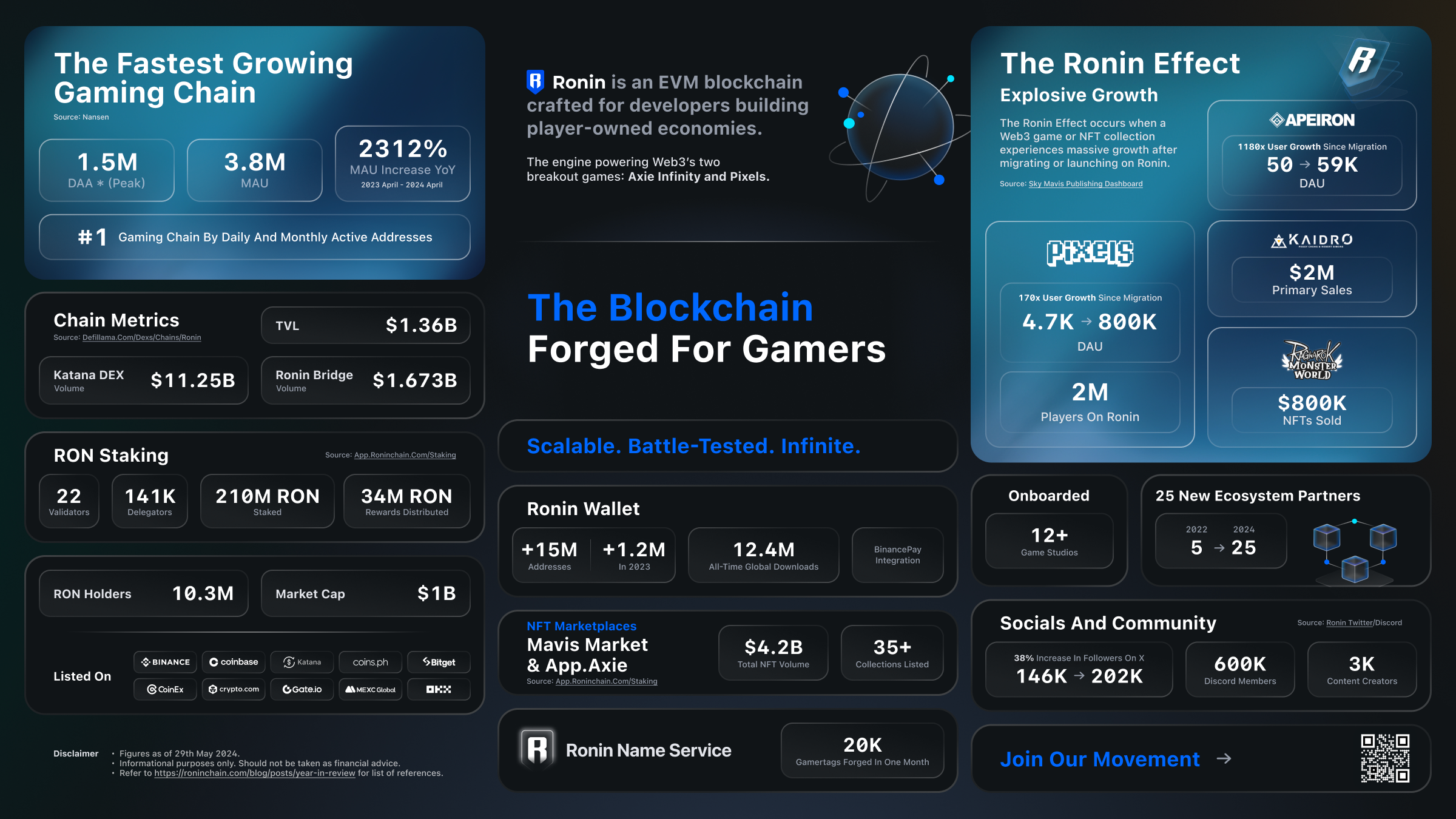
Scalability for Mass Adoption: The combination of high throughput, low fees, and strong security positions Ronin as a scalable solution for large-scale Web3 games, supporting millions of users and complex in-game economies.
This new architecture also simplifies compliance and user acquisition strategies. By leveraging Ethereum’s established wallet infrastructure and security standards, studios can tap into a global audience already familiar with EVM-compatible tools. Moreover, the ability to move assets between Ronin and other chains positions developers at the intersection of liquidity and innovation, a unique advantage in an increasingly interconnected Web3 landscape.
Market Impact: RON Price Holds Steady Amid Ecosystem Growth
As of October 2025, RON trades at $0.4819, reflecting steady interest from both institutional backers and grassroots gaming communities. This price stability underscores confidence in Ronin’s L2 thesis, namely that scalability improvements will drive adoption not just by existing players but also by mainstream audiences seeking transparent digital economies.
The migration to zkEVM rollups has been met with positive sentiment across industry forums and social channels:
Looking ahead, continued protocol enhancements, such as increased blob capacity through Ethereum upgrades, are poised to further boost throughput while keeping fees minimal (source). This virtuous cycle supports more ambitious game designs and larger player bases without sacrificing core blockchain principles.
What’s Next? The Future of Blockchain Gaming with Ronin L2
The journey from sidechain to Ethereum Layer 2 marks only the beginning for Ronin’s ambitions in Web3 gaming scalability. As more projects migrate or launch natively on the network, expect a proliferation of innovative gameplay models, from interoperable metaverses to AI-driven economies, all powered by lightning-fast transactions and negligible costs.
For those building at the frontier of digital entertainment, mastering Ronin Layer 2 rollups isn’t just an optimization, it’s a strategic imperative. The networks that deliver real-time speed without compromising security or affordability will define the next era of online play.
